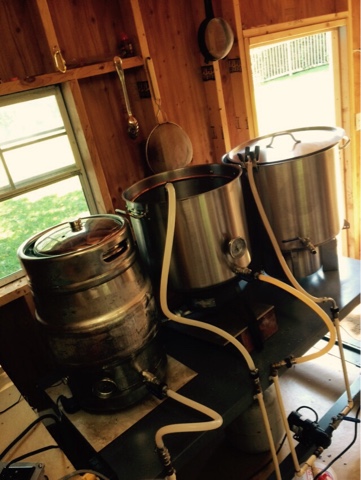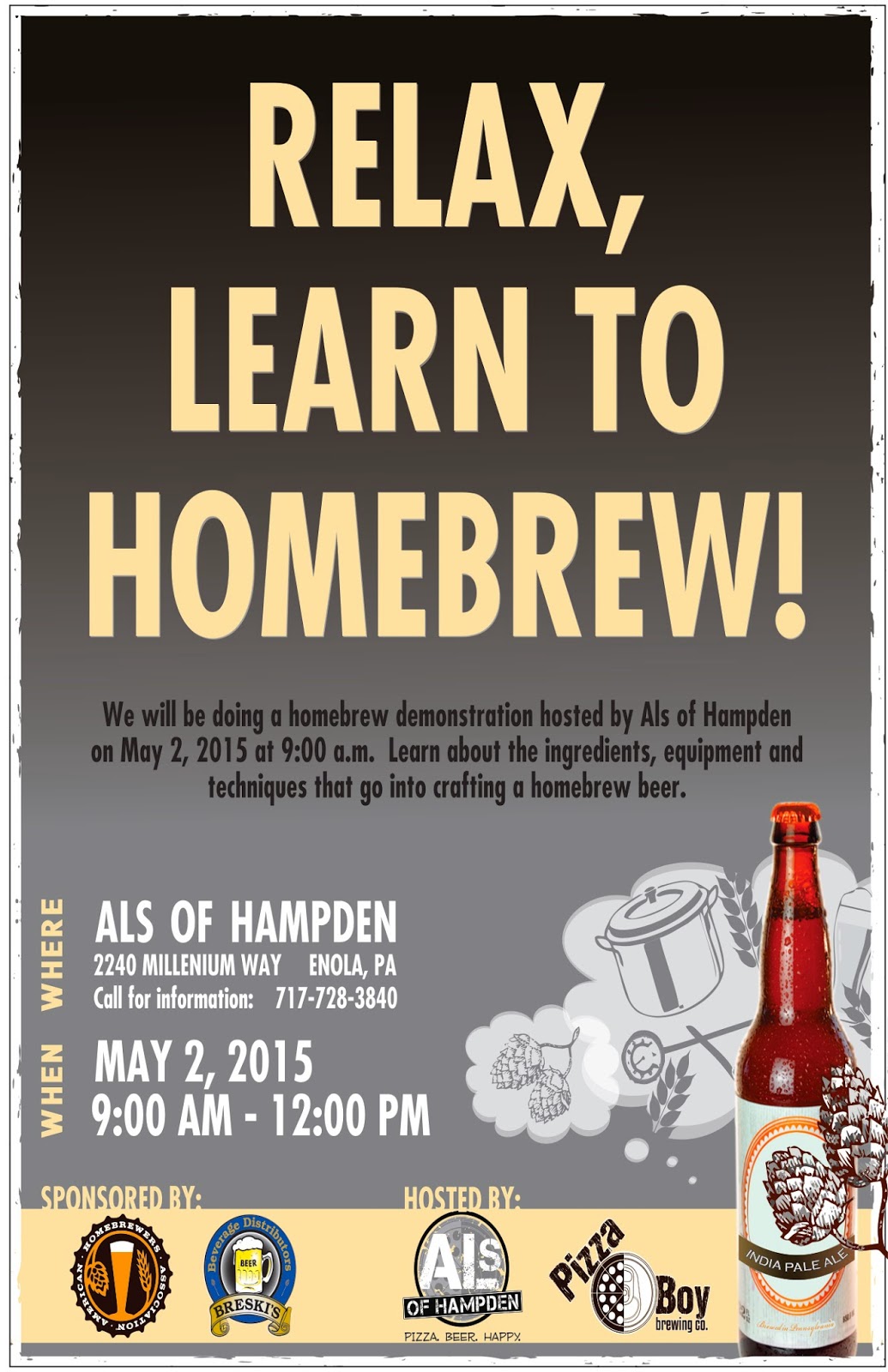My first beer to test this theory out the gate was my 8.5%ABV American Strong Ale named BattleAxe. The intent, the ten gallon batch would be split to two five gallon segments, both receiving time in the barrel. The key to barrel aging is taste...tragic, I know. Pull too early, less of the bourbon and oak character you were aiming for. Pull too late, too much oak tannins, overpowering bourbon, and longer conditioning time to let the beer settle. I went with weekly tasting...Friday's to celebrate the end of the work week. This allowed me to grasp how the beer was progressing over time, and estimate when it would be where I wanted, which was a balance of the strong ale I know and love, with an equal bourbon and oak character that would peak through the aroma and flavor profile.
For the first batch in the five gallon barrel, it took four weeks...and I was late...the Balcones barrel kicked off magnificent vanilla, caramel and coconut notes from the oak and bourbon, but it was strong...in FOUR WEEKS!!! I'm not complaining, it was a killer beer, I kegged it, and immediately reloaded the barrel with the second five gallons.
The second five gallons took a few more weeks, By week seven it was perfect. Any more would have brought oak tannins to the tongue that would accent the bitterness in a negative way, which would take a few months to condition out. The weekly tastings proved to be extremely important, and extremely enjoyable!
I entered the beer in the Harrisburg Beer Week Battle of the Homebrew Clubs...my gift to the great people of Harrisburg. Although it did not win the competition, It was very well received. I literally saw the face of my patrons melt upon tasting this beer. They stated it was a beer they could sit and relax with, take in a movie, or enjoy deep conversation with friends.
For me, this barrel changed how I perceived Homebrewing, and gave me a look into the future. We can add beer to these fine barrels, but what if we added other ingredients to the barrels prior? What about coffee beans, vanilla beans, cocoa nibs? Let these ingredients
sit in there for a few weeks without the beer, then pull them and fill with beer. What will that bring? What about adding real coffee? Maple Syrup? Peanut Butter?....ok that may be too far,
The lesson learned? Change with the game or change the game? I just bought my second barrel today...game on!














